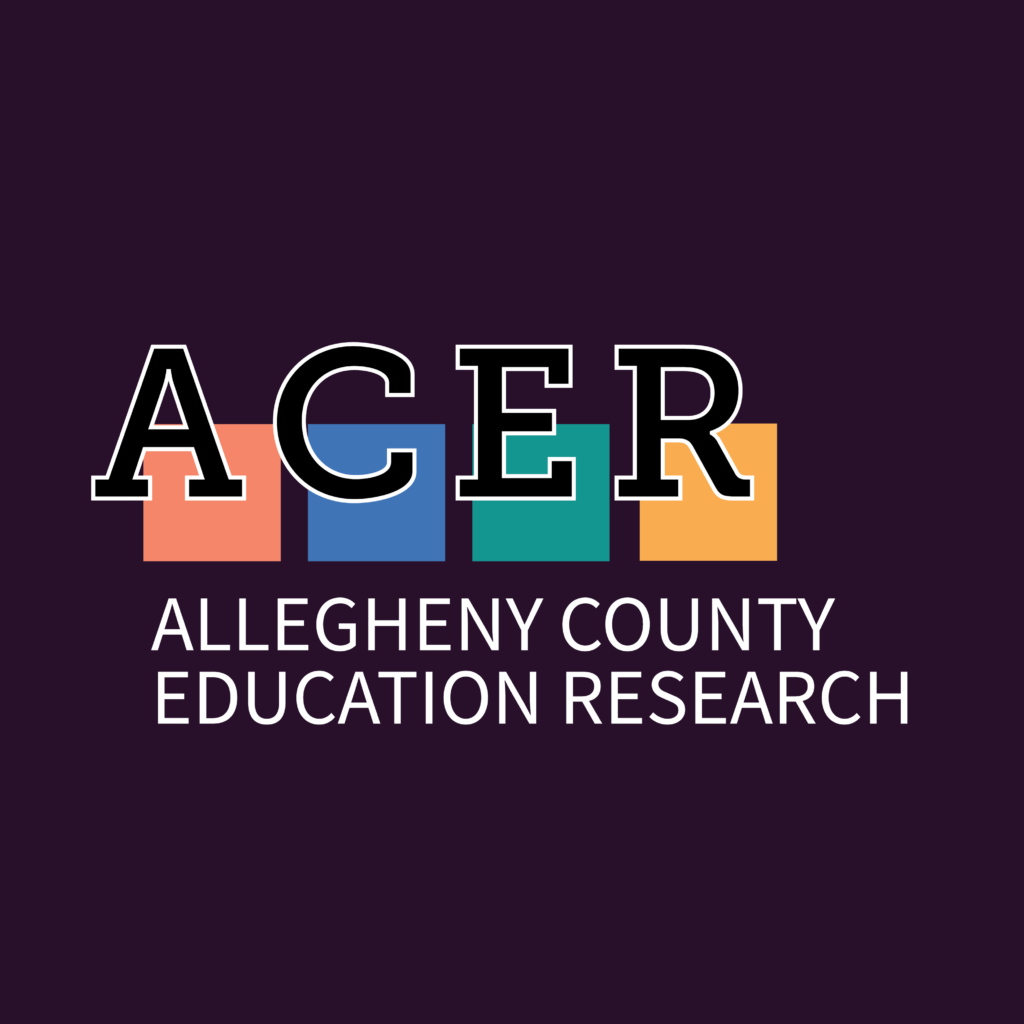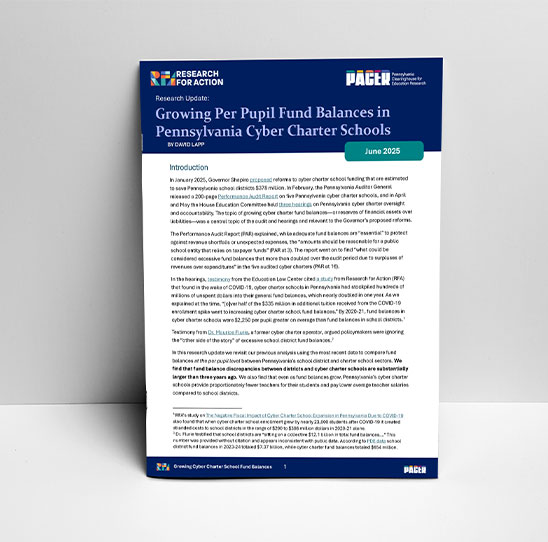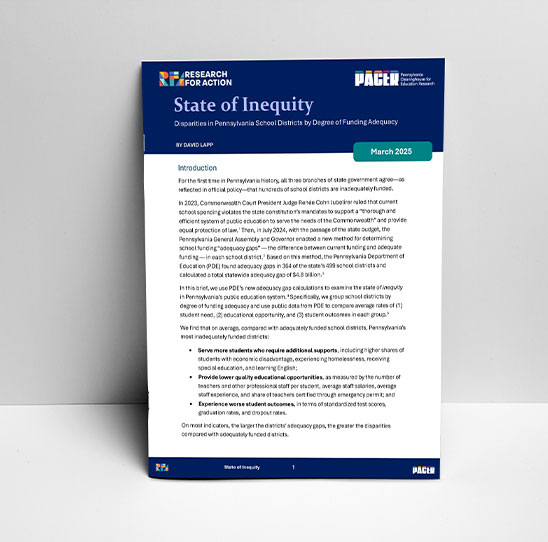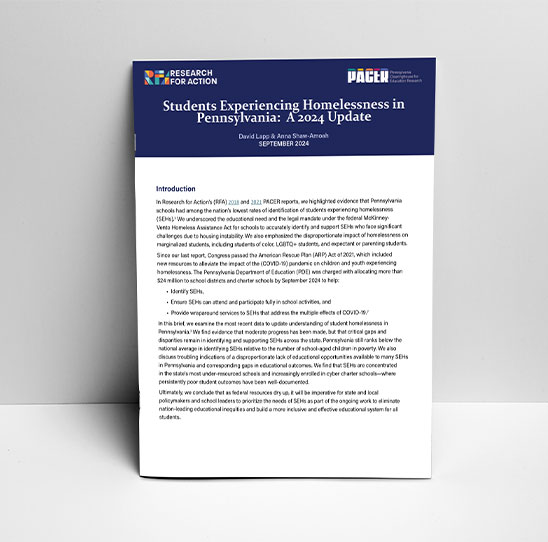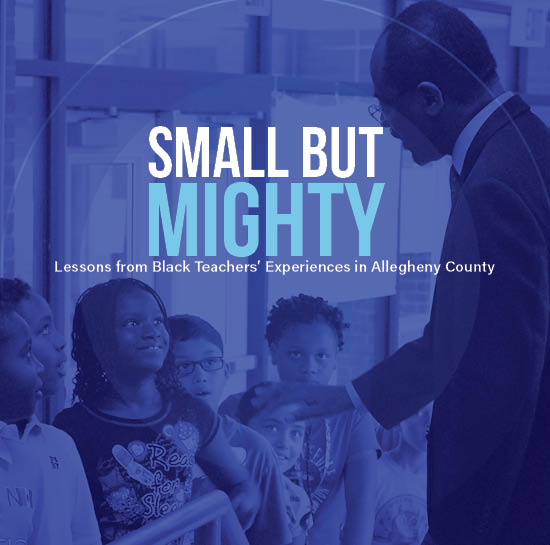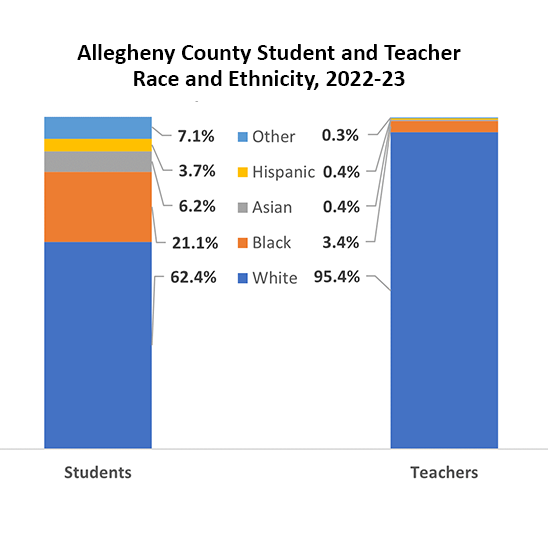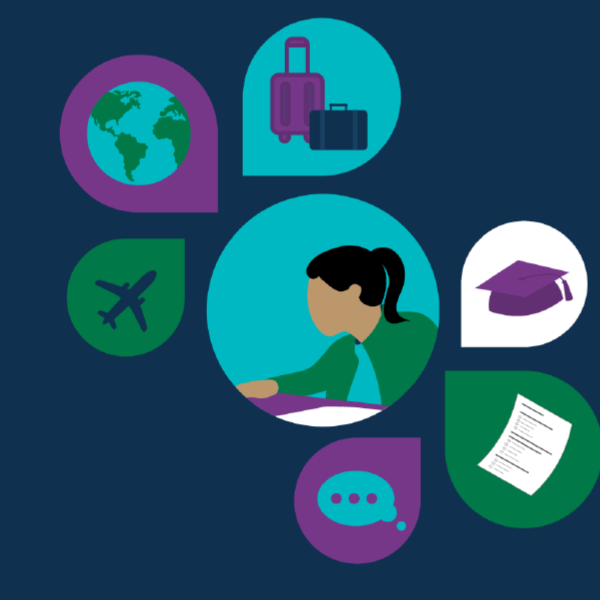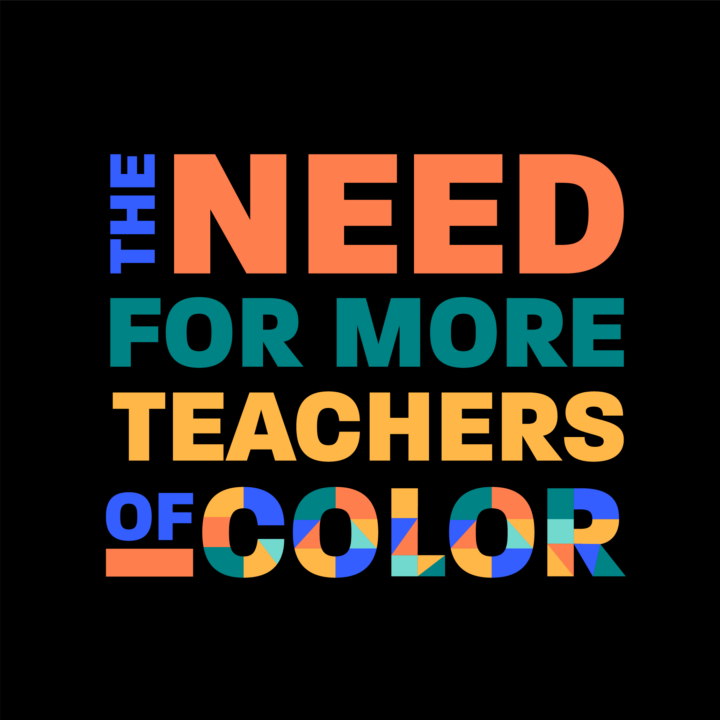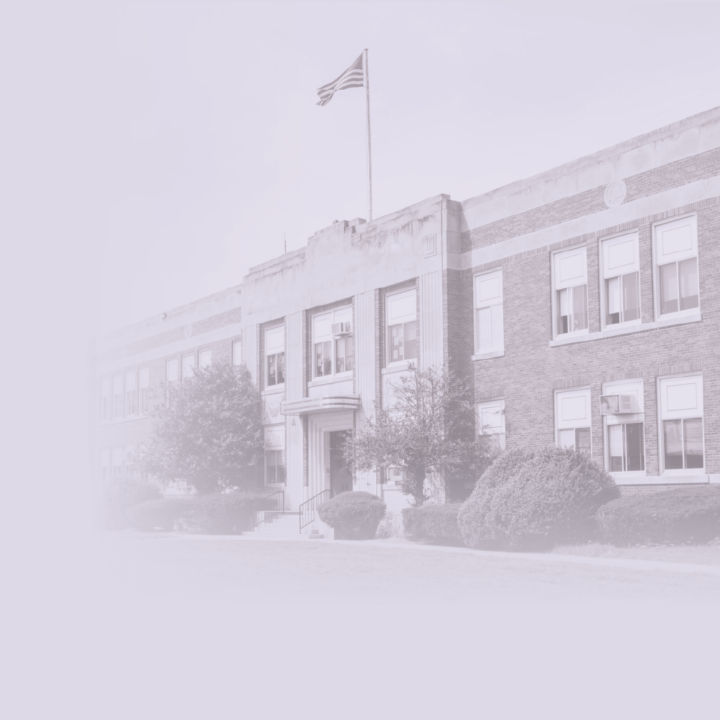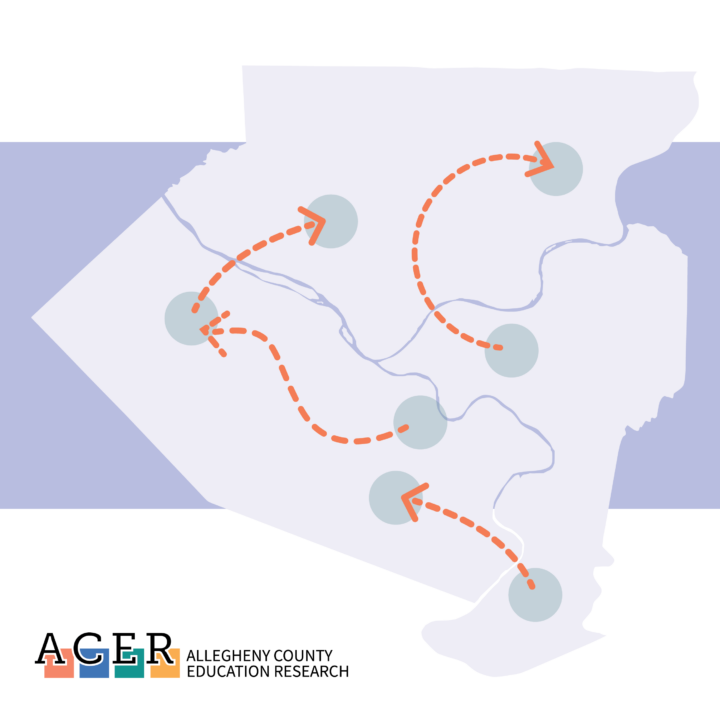- Districts and charters relied heavily on asynchronous (work at your own pace) instruction and alternative grading and attendance tracking.
- Students missed significant amounts of formal instruction time.
- The overall quality of remote instruction varied widely, with students experiencing inequitable access to devices and other technology.
- Most plans provided only vague descriptions of how they would provide special education and student support services.
- Access to quality remote instruction varied by student race and poverty.
ul#gform_fields_4 label, .gform_title {
display: none;
} input#gform_submit_button_4 {
background: #fcb040; color:#fff
}
